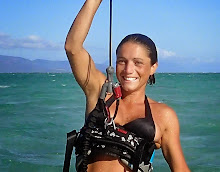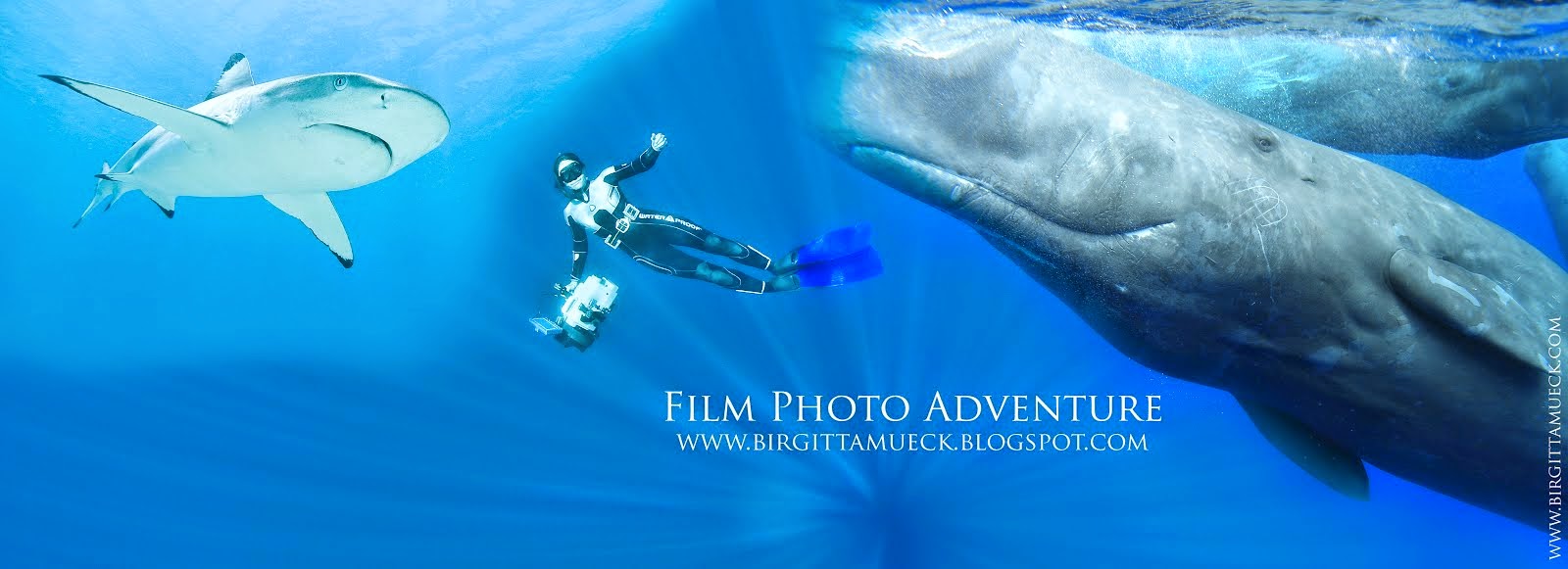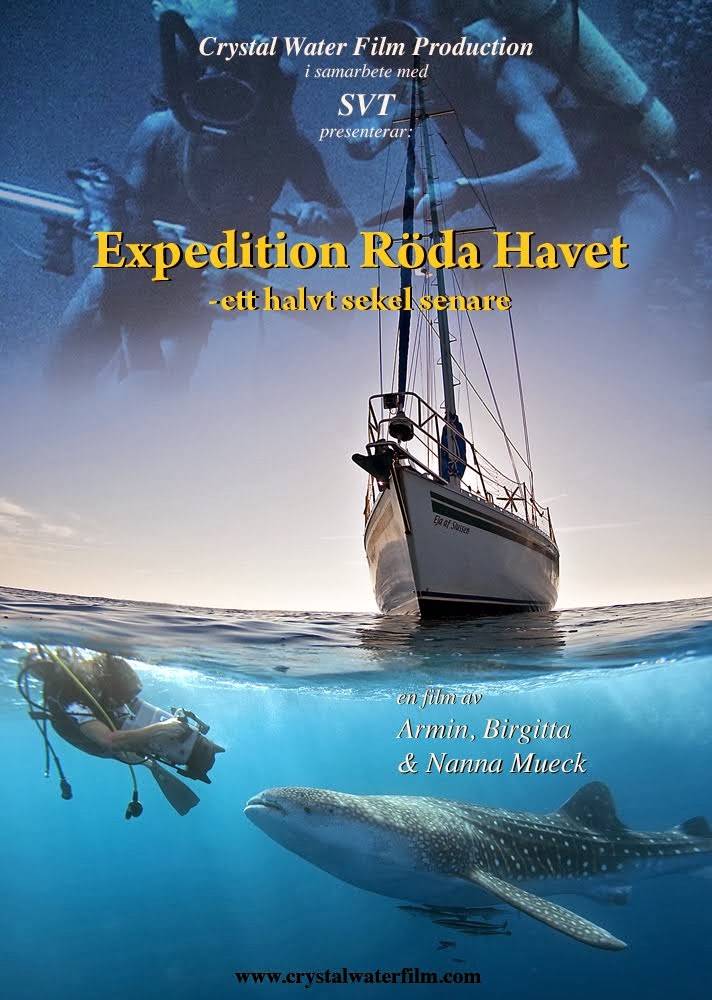Alboran Sea, Mediterranean, beginning of July 2019
Many believe that there is not much life left to see in the Mediterranean Sea. A conclusion I've heard many times. But during our several voyages through this body of water, we have experienced the opposite.
Being one of the most popular tourist destinations in the world and also among the busiest shipping routes, it might indeed be a crowded place at times, especially along the coast. But beneath the surface there is still plenty of amazing marine life to both adore and protect!
.
The photos in this blogpost are from our recent time in the Alboran Sea, in western Mediterranean, where we, among many other sea creatures, spotting Ocean Sunfish (Mola mola) almost every day.
.
The sunfish is a very strange-looking creature and one of the heaviest known bony fishes in the world, typically weighing between 250 and 1000 kg. (Recorded weight up to 2300 kg!)
.
A mature sunfish has an average length of 1,8 meters and a fin-to-fin length of 2,5 meters, but is said to sometimes reach up to incredible 3,3 meters in length and 4,2 meters across the fins.Sharks and rays can be both bigger and heavier, but they are cartilaginous fish, having skeletons made of cartilage, rather than bone.
.
During our sailings, in both the Mediterranean and the Atlantic, we have encountered many sunfishes in different sizes. This recent week, in western Mediterranean, has been exceptionally good as we more or less have had daily sightings of this very special fish. Many of them are often a bit shy though and will therefore not let anyone come close.
Busy feeding, this individual did however not mind our company at all.
Despite their size and odd look, the sunfish pose no threat to human. They are actually very peaceful creatures, spending most of their time feeding on small fish, squid, crustaceans, jellyfish and salps.
Normally slow-moving, but if needed this pelagic fish can speed up and even jump out of the water! A behaviour we have witnessed both last year and again this summer.
.
The Mola mola population is considered vulnerable. Bycatch being a big threat for the species as they frequently are captured as bycatch in many fisheries using long lines, drift gillnets, and midwater trawls.Again human trash is another problem when the sunfish, like so many other marine species, easily mistakes drifting plastic debris for food.
This make me think about the big amount of debris and ghost nets that are drifting in the oceans causing brutal and silent suffering to the amazing life beneath the waves. We all can do something against this.
Pick up the trash you see, remove ghost nets, clean a beach, consume less and inspire others. Small actions might not save the world, but will mean the world for individuals. Be that hero, help our aquatic friends!






















































